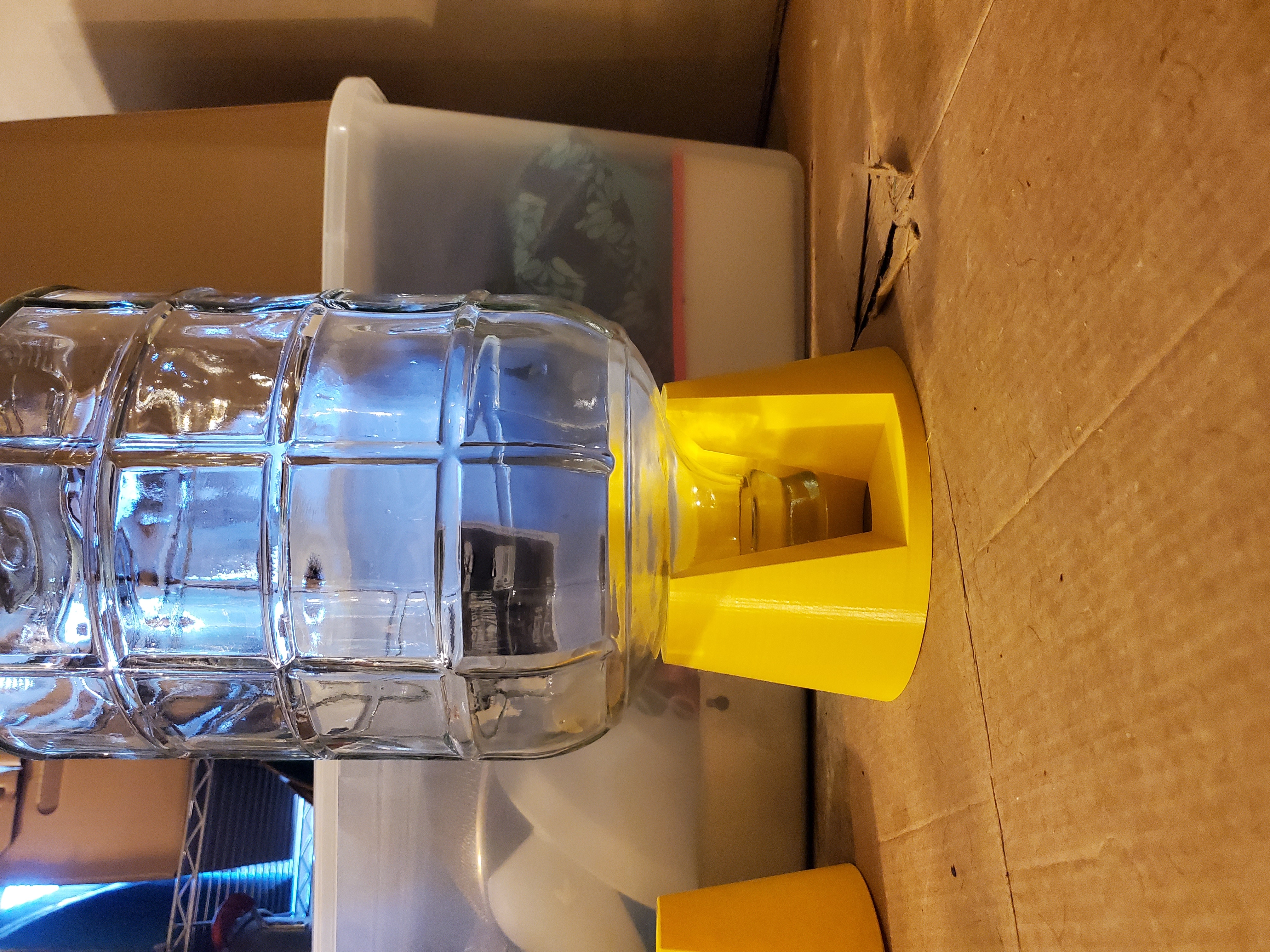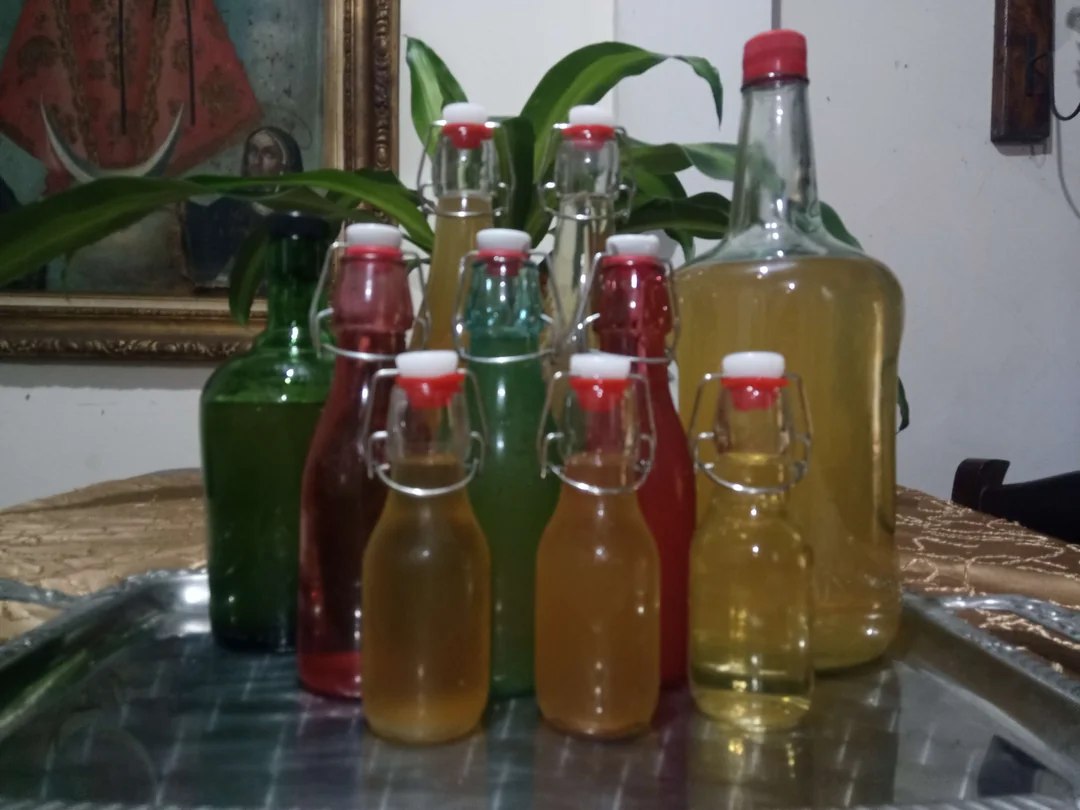First off: Sorry for the link, apparently I can't upload images at the moment.
This is my first ride with a wireless hydrometer, so maybe this is just me not being used to having access to gravity readings all the time, having become a bit obsessed with the numbers. Looking at Brewfather on the other hand though, my gravity really hasn't changed for like 36 hours now, before reaching its estimated final value. Now I'm afraid that my fermentation has stalled, and as the gravity was never really high to begin with, I fear being stuck with something not only low in low in alcohol but also tasting thin & weak. This is supposed to be a "Klosterbier" (not a real beer style, but closest described as some sort of brown ale), with which I'd have preferred to err on the stronger side rather than on the weaker.
The main reason for the low initial gravity I believe is too little boil off: While pre-boil gravity was OK (Brewfather predicted 1.039, refractometer gave me 1.037, might even be considered to be within measuring tolerance), the post boil reading should have been 1.051 but was only 1.041.
After boiling, I took around half a liter of wort, chilled it down in a mason jar and added dry yeast, agitating it every now and then. The next day, I pitched now very agile yeast into the main bucket and fermentation started out perfectly. The ups and downs in the graph may just be results of krausen and/or condensate dripping back onto the RAPT pill or creating ripples in the wort surface.
Now, I'm really asking myself what went wrong. I don't think I caught myself any infection, the bucket was properly sanitized as well as the collection vessel & I was very careful handling all of it. The yeast also very happily ripped through the major parts of the sugars, so I don't think it's a yeast issue either. My grain bill looks as follows:
- 2.25 kg (50%) — BESTMALZ BEST Munich — Grain — 15 EBC
- 2.21 kg (49.1%) — The Swaen Swaen Vienna — Grain — 10 EBC
- 40 g (0.9%) — Weyermann Carafa Special II — Grain — 1100 EBC
The performed mashing steps:
- Mash In — 38 °C
- Protein Rest — 50 °C — 40 min
- Beta Rest — 63 °C — 30 min
- Alpha Rest — 72 °C — 30 min
- Mash Out — 78 °C
I'm not sure what to do, or if I should do anything at all. I can live with the beer having 3.5% ABV like it has now probably. My storage is dark and reasonably hygienic, so I don't think I have to elongate the beer's shelf life that way. The alcohol might then even overpower the taste of the grains if I added table sugar or anything for another percent of alcohol.
What I'm slightly concerned with though is overwhelming hop aroma because there apparently is not that much dissolved sugar to counteract the bitterness.
Any suggestions?






